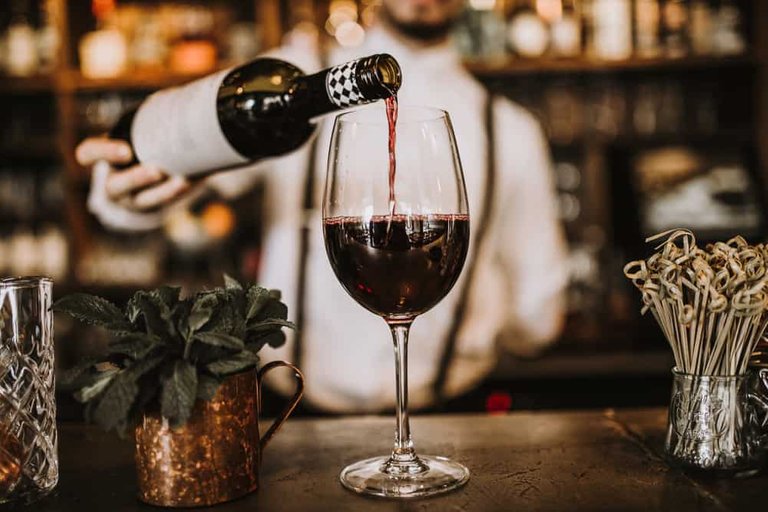
ESPAÑOL
Quien no ha probado un estupendo vino tinto casero. Por excelencia es el más usado con las carnes rojas. Con un color granate y un sabor intenso al paladar el mejor acompañante para cualquier ocasión. Existen gran variedad de recetas, unos son dulces, otros amargos, pero todos se elaboran con las mismas ganas. Bienvenidos a la enología.
Según el tiempo de añejamiento los vinos se clasifican en:
1- Joven o de año.
2- Crianza, han pasado doce meses en barrica y tres años reposado en botella.
3- Reserva, ha pasado un año en barrica y cuatro años reposado en botella.
4- Gran reserva, han pasado dos años en barrica y tres años reposado en botella.
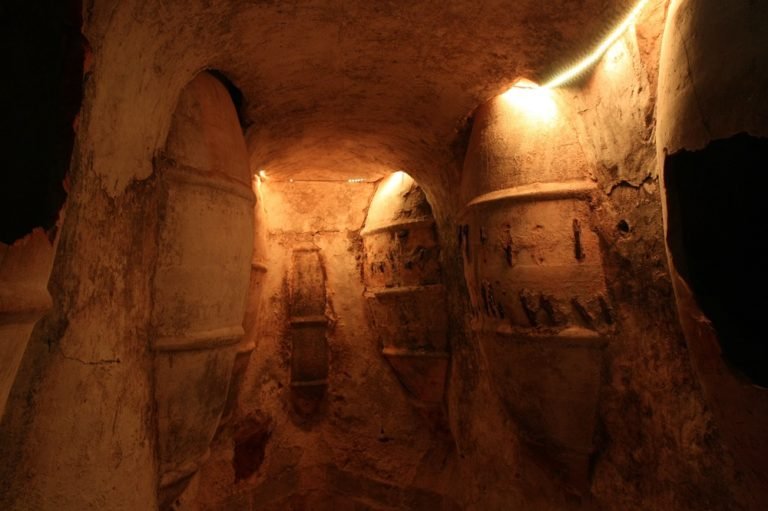
Cualquier persona puede elaborar su vino tinto. No es necesario tener amplios conocimientos. Pero si es importante que trabajes con materia prima de calidad.
Busca una uva adaptada a tu región para mejorar los resultados de tu cosecha o de acopio. Tipo de uvas que podemos conseguir: cobernet, Sauvignon, Garnacha, Merlot, Monastrell, Tempranillo, Bonarda o Sangiovesse. Normalmente se requiere dos kilos de uva para un litro de vino. La mejor uva para los climas tropicales es Pinot noir, Riesling y cruzamientos de Riesling con Silvaner.
El paso siguiente es sacar el sumo e la uva llamado mosto. Las uvas pueden ser estrujadas con prensa, con moledora o con el pisado de la uva. Este último procedimiento es el más usados por los artesanos caseros. El mosto fresco fermenta rápidamente y debe ser controlado.
Para la fermentación el mosto debe ser clocado en vasijas de barro, recipientes de madera de roble o castaño. También puede usarse de acero inoxidable, de cemento, metal…
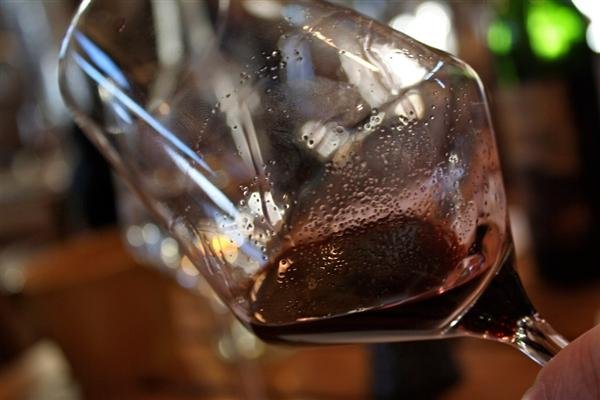
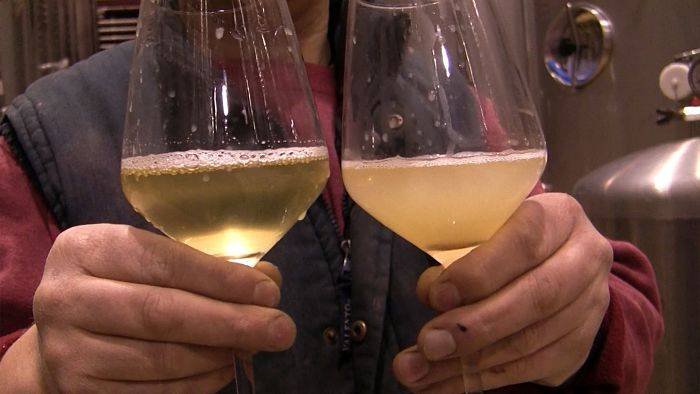
Cada uno con ventajas y desventajas. Recuerda que en la fermentación deben estar presentes los sólidos del estrujado, o sea, el zumo de la uva, los hollejos, las semillas, entre otros. Ten cuidado si almacenas en vasijas de barro, porque deben ser impermeabilizadas con pintura epóxica, deben ser colocadas en sitios frescos y humedecidas por fuera. La temperatura no debe exceder los 30 grados centígrados. Cien litros de vino tardan aproximadamente dos días en fermentar. Para mantener el vino limpio de bacteria se suele agregar levadura y nutrientes. Con mayor o menor cantidad de levadura controlas la fermentación.
El siguiente proceso es filtrar el vino. Este proceso debe ser realizado por lo menos tres veces. No se debe remover el fondo, debe trasegarse a otro depósito. Se usan como clarificantes la bentonita para vinos blancos y la albúmina de huevo para los tintos, esto ayuda a limpiar el vino, se deja actuar por dos o tres días.
La maceración es el último proceso y el más importante, tu paciencia te dará el mejor vino. Debe hacerse en barricas selladas sin variaciones de temperatura durante tres días.
ENGLISH
Who has not tasted a great homemade red wine. It is par excellence the most used with red meats. With a garnet color and an intense flavor to the palate, it is the best companion for any occasion. There is a great variety of recipes, some are sweet, others bitter, but all are made with the same desire. Welcome to oenology.
According to the aging time, wines are classified as follows:
1- Young or year old.
2- Crianza, they have spent twelve months in barrels and three years in the bottle.
3- Reserva, it has spent one year in barrel and four years in the bottle.
4- Gran Reserva, it has spent two years in barrel and three years in the bottle.
Anyone can make their own red wine. It is not necessary to have extensive knowledge. But it is important to work with quality raw material.
Look for a grape adapted to your region to improve the results of your harvest or stocking. Types of grapes we can obtain: Cabernet, Sauvignon, Grenache, Merlot, Monastrell, Tempranillo, Bonarda or Sangiovesse. Normally two kilos of grapes are required for one liter of wine. The best grapes for tropical climates are Pinot noir, Riesling and crosses of Riesling with Silvaner.
The next step is to extract the juice from the grapes. The grapes can be crushed with a press, with a crusher or by treading the grapes. The latter procedure is the one most commonly used by home winemakers. The fresh must ferments quickly and must be controlled.
For fermentation, the must should be placed in earthenware vessels, oak or chestnut wood containers. Stainless steel, cement, metal... can also be used.
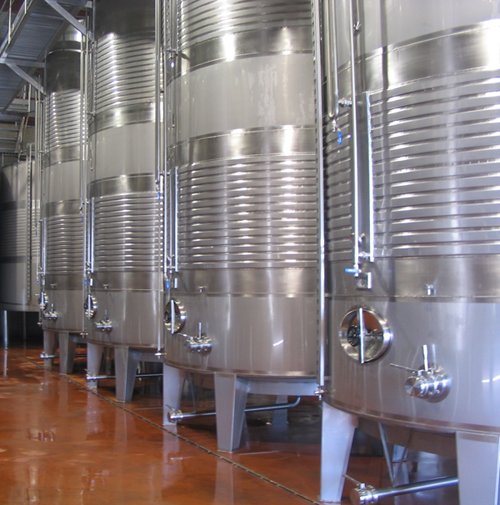
Each has its advantages and disadvantages. Remember that the solids from the crushing, that is, the grape juice, skins, seeds, among others, must be present in the fermentation process. Be careful if you store in earthenware jars, because they must be waterproofed with epoxy paint, placed in cool places and moistened on the outside. The temperature should not exceed 30 degrees Celsius. One hundred liters of wine take approximately two days to ferment. To keep the wine free of bacteria, yeast and nutrients are usually added. With more or less yeast you control the fermentation.
The next process is to filter the wine. This process should be done at least three times. The bottom should not be removed, it should be racked to another tank. Bentonite for white wines and egg albumin for red wines are used as fining agents, this helps to clean the wine and is left to act for two or three days.
Maceration is the last and most important process, your patience will give you the best wine. It should be done in sealed barrels without temperature variations for three days.
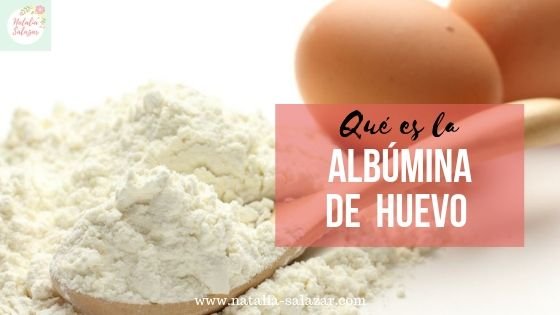
@jat06
Fuente de infomación: https://escuelaversailles.com/vino-tinto-casero/